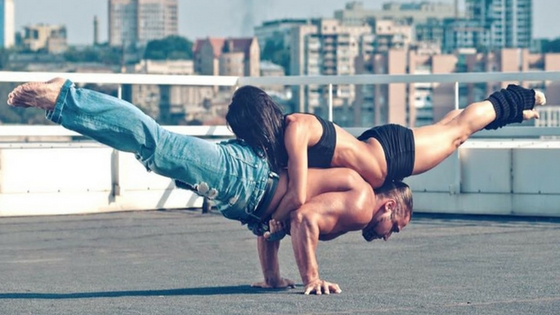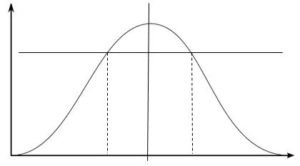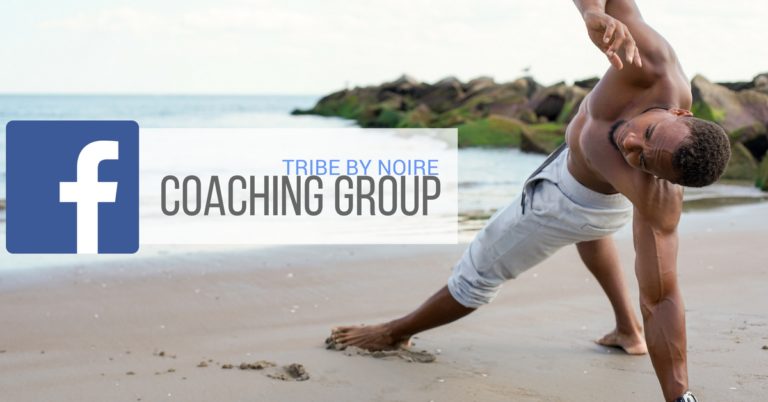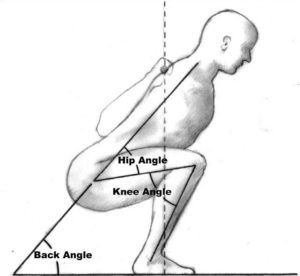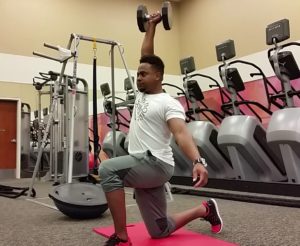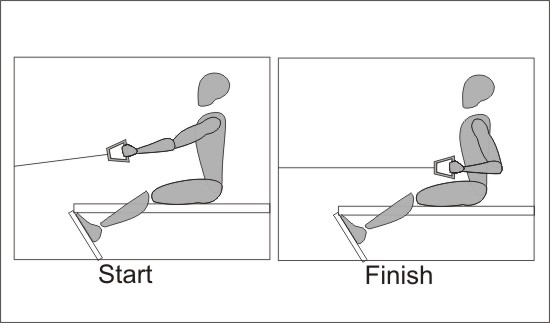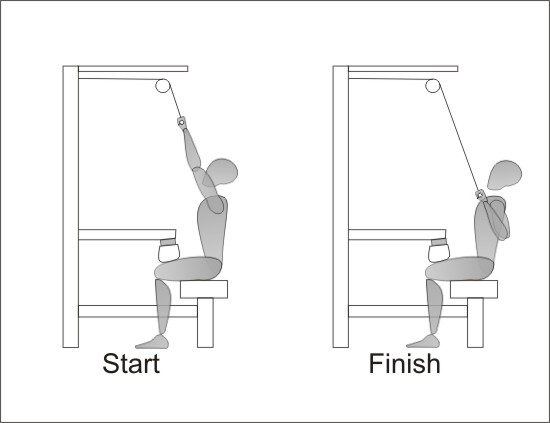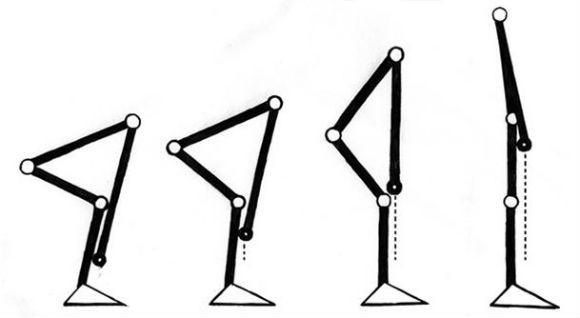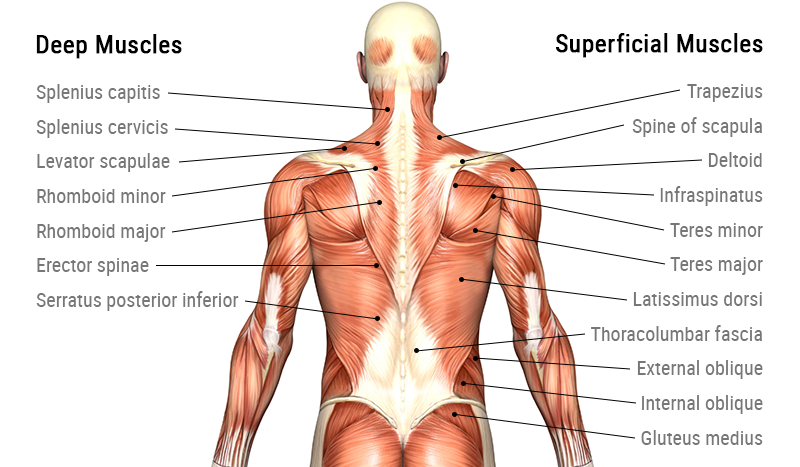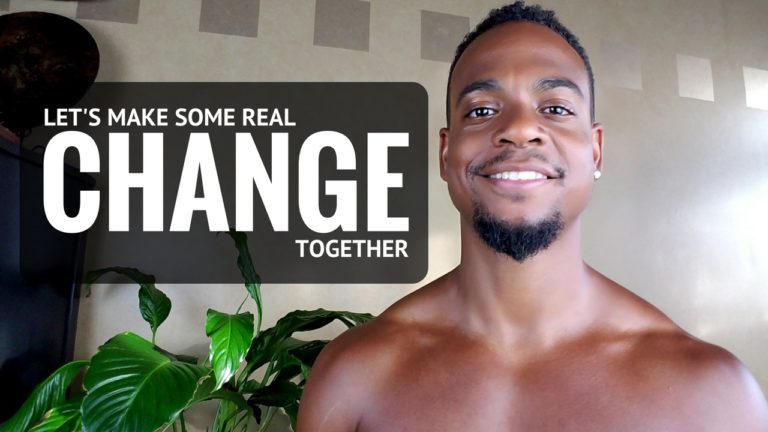Flex | Extend | Twist
In order to effectively train your core, you need to understand how your core muscles function. In my 11 years of experience its become pretty obvious that most people have no idea… well maybe a little. The truth is if you need to do 500 reps of an exercise in order to feel it, stop doing it, or stop doing it the way you’re doing it. In this article I’ll be explaining the following.
- The main core training movements
- 4 exercises for core building
- Core exercise video tutorials

The Main Core Training Movements
Your core training should achieve 4 things
- Improve your posture
- Shrink your waist
- Lower your risk of back injury
- Add muscular definition to your core.
THE 3 MAIN MOVEMENTS OF CORE TRAINING
- Flexion – This targets the Rectus Abdominis. Sit ups, crunches, leg raises, planks, all those exercises that are typically marketed as six pack builders. This is by far the most common form of core training.
- Extension – This targets the Erector Spinae. Extension is just as important to train, but often neglected and even when done, its done ineffectively by most. When you train your spinal erectors correctly, it contributes a great deal to the look of your back and the quality of your posture.
- Twist – This targets the internal and external obliques (sides). Typically people make the mistake of target these muscles by doing some type of side bending exercise, but that actually targets a muscle on your back called the Quadratus Lumborum. The muscle fibers of the obliques actually run diagonally across the torso. Any movements that you use to target those muscles should follow that direction.
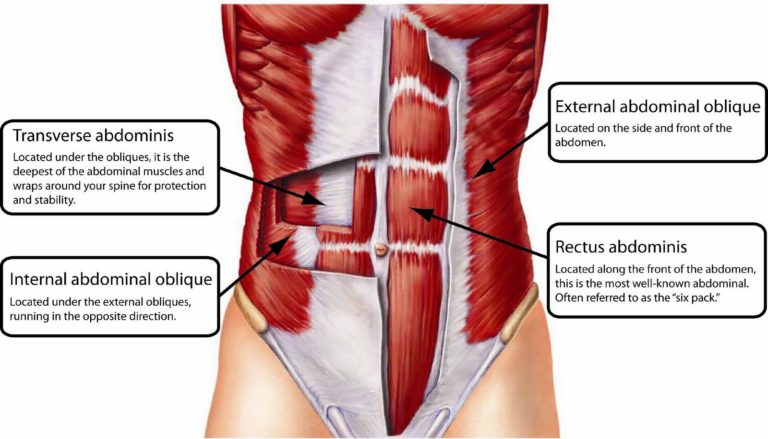
4 Exercises For Core Building
1. OPEN TO CLOSE HOLLOW
This exercise is great way to truly start developing your abs. If you’re doing exercises like sit ups and leg raises and feeling it mostly in your quadriceps and hip flexors, do this instead.
- Start by laying on your back. Tuck your knees to your chest as much as possible while rounding out your back, and squeezing your abs.
- Keeping the abs engaged, slowly stretch your legs and arms out and away from your torso. Do your best to not let your back arch.
- Work within a range of motion that challenges you, but not to the point where you feel back pain.
2. Prone Back Extension
If you’ve been using a hyper extension to target your lower back, STOP! I’ve got a much better idea. This exercise will not only strength your lower back, but it will also strength your mid back, and improve your posture.
- Start by laying on your stomach with your palms flat to the ground, adjacent to your sholders.
- Pick your chest and pams up from the ground while squeezing your glutes. Keep a neutral neck position throughout the movement.
- Hold the top position for 1-2 seconds and then relax.
3. SUPINE LEG RAISE ARC
Rather than twisting frantically side to side with a weight in your hand, give this a shot. Core training should be controlled and strategically paced rather than rushed and jerky. Oblique exercises should be combined with spinal flexion.
- Start flat on your back with your legs stretched out 45 degrees away from center with your hips rotated in that direction. Place your arms out to the side, palms down.
- Brace your abs and raise your legs 90 degrees to center. Lower your legs 45 degrees to the other side.
- Keep your feet together throughout the entire movement and Imagine tracing a large arch with your feet.
4. PRONE EXTERNAL KNEE TUCK
The thing that makes this exercise so effective is that it really works not only your abs big time, but also your Serratus Anterior, Obliques, and Quadratis Lumborum, in synergistic fashion.
- Start at the top of the push up position with your shoulders directly over your wrists.
- Brace your abs and bring your knee to the outside of your upper arm. Laterally flex your spine to get your thigh to physically touch the outside of your upper arm.
- Keep your abs braced while bringing your foot back to the starting position. Each rep should be done at a slow and controlled pace.
Tribe By Noire

I’ve created this platform to help you become the most powerful version of yourself through fitness, plant based nutrition, and mindset coaching.
copyright © 2018 Tribe By Noire. All Rights Reserved
